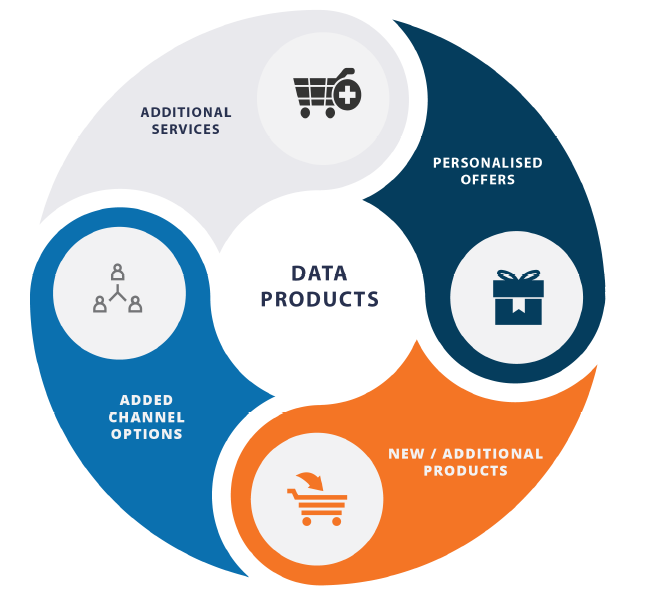-
We read all the time about digital disruption and while we have a sense of what it means there is a tendency to think of it as applying only to cool start-ups. But it is also happening in established organisations and across every industry sector.
" Predictive analytics is being brought out of the back room where it has long delivered incremental gain at the operational level, and into the boardroom."
David Bowie, Managing Director of SAS Australia and New ZealandAs it does, business leaders are recognising predictive analytics can enable game-changing new strategies to serve customers in new and better ways.
Predictive analytics is being brought out of the back room - where it has typically delivered incremental gain at the operational level - and into the boardroom.
Enlightened CEOs are embracing digital disruption to drive genuine innovation, outsmart competitors, enter new fields and create productive new jobs.
This is most prevalent in the technology-driven financial industries sector where banks and other financial institutions have invested heavily in big data as an essential building block for digital disruption
According to IDC, the majority of fintech organisations in the Asia Pacific region – together with the services and retail sectors – have cited ‘customer experience’ as their major reason for investing in big data and say they will seek to monetise that data in the near term.
NOT JUST ABOUT SELLING
{CF_IMAGE}
Monetising data is not just about selling data to others. Rather, it is about maximising the value of data in three ways: data decisioning, data products and data partnerships.
• Data decisioning is fundamentally about using analytics to dramatically improve the decision processes within an organisation – to ensure that decisions taken are timely, relevant and complete.
The data is opened up to anyone who could be involved – because success with analytics is very much about the questions asked – and the process is focused on embedding information into revenue-generating lines of business.
{CF_IMAGE}
• Data products means offering customers products or services based on what has been learned about their likes, dislikes and buying profiles – pursuing the enhanced customer experience.
{CF_IMAGE}
• Data Partnerships, whereby data is shared or exchanged with others for mutual advantage without relinquishing ownership or inadvertently betraying confidentialities, breaching compliance or inviting competitive disadvantage.
{CF_IMAGE}
Data no longer needs to be summarised or sampled. We can now work with data at its most detailed and granular. For example, at SAS we have done this with some of the biggest fintech companies in the world – companies that manage more than five billion transactions a month. We can visualise that data in seconds.
Even with better ways of managing, analysing and visualising data now being adopted, fintech organisations will continue transforming their businesses as new architectures and capabilities are developed and introduced.
While we say that analytics has come out of the back room and is now a key consideration at board level, the appreciation of the value of analytics is spreading and successful CEOs recognise that their data is an enabler of strategy.
Great analytics is more about the questions asked than the answers uncovered, and with more people at different levels asking more questions, innovation from digital disruption is by no means over yet.
David Bowie is the Managing Director of SAS Australia and New Zealand
The views and opinions expressed in this communication are those of the author and may not necessarily state or reflect those of ANZ.
-
-
-
-
EDITOR'S PICKS
-
In an age of disruption, can big companies ever really innovate? Or does the culture of incumbency run too deep? And how can they survive if they won’t?
5 May 2016 -
Few would argue against more young girls studying STEM (Science, Technology, Engineering and Mathematics) subjects. Statistics show employment in the sector is dominated by men at all levels, from education to boardrooms.
11 May 2016 -
The cult of analytics seems a million miles removed from dirt, but data management is being used to map and categorise soil in the hope it will lead to greater food security, better soil health and long-term benefit to the global agriculture sector.




